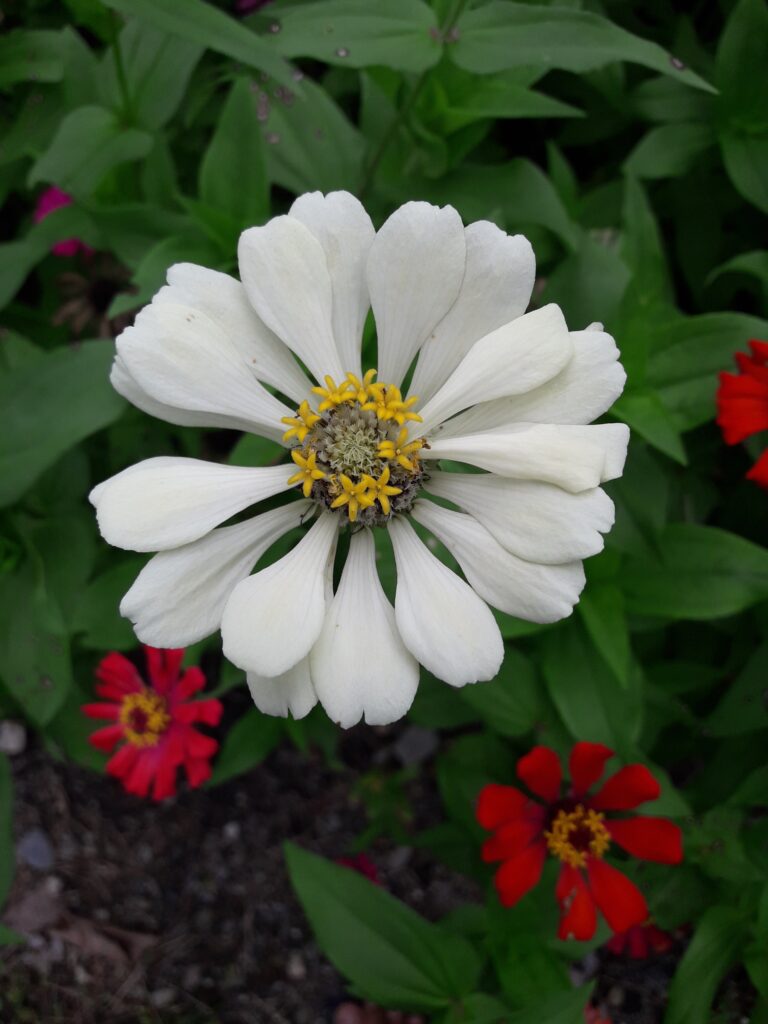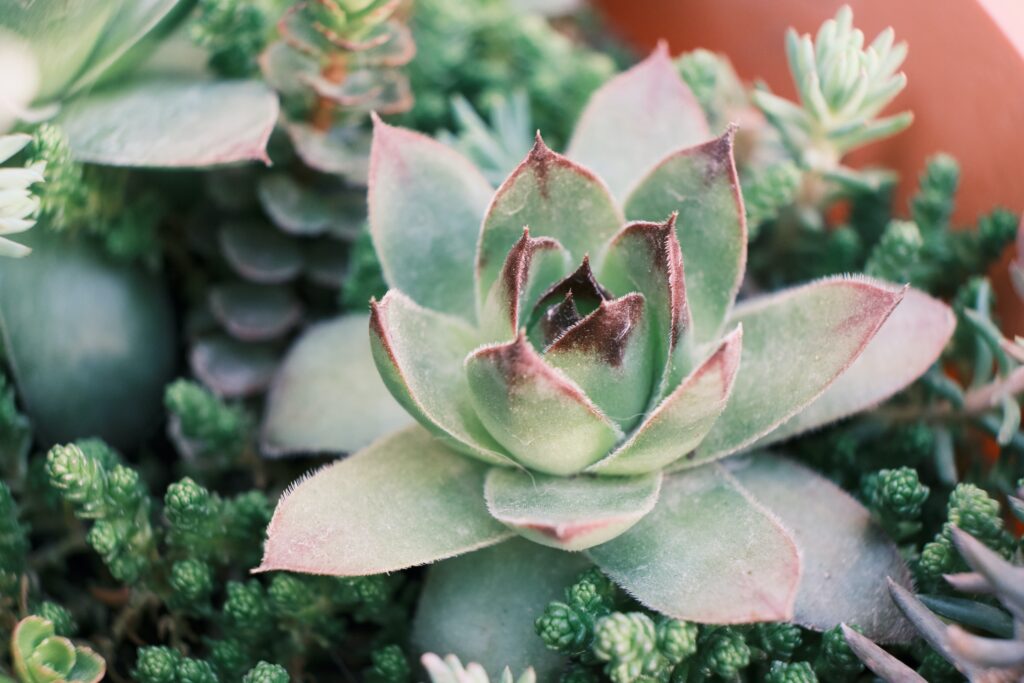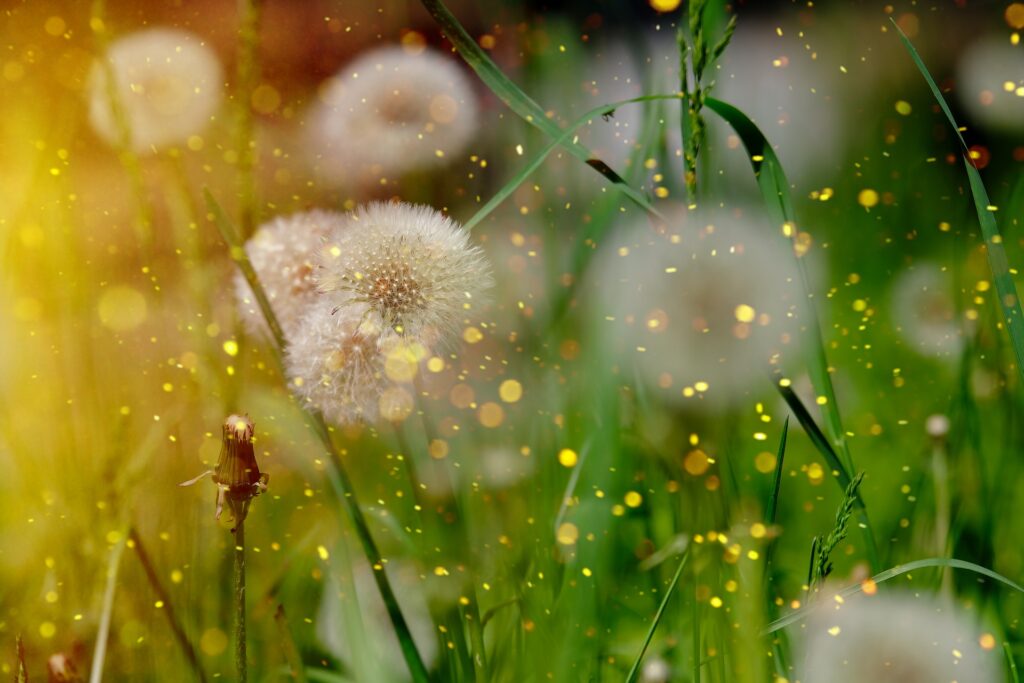
June is planting time. Your dreams have now come to fruition. Sit back and enjoy your garden colors and blooms.

ANNUALS Annuals are great to fill in the spaces your perennials, shrubs and trees leave. Remember which annuals you planted last year and watch for seedlings of those annuals (and make a note or list for next year if you add new ones!). Recognize weeds and remove.
PERENNIALS Plant, transplant or divide perennials to enhance garden areas. Pinch chrysanthemums, aster and sedum so the plants stay midsize with more blooms. Remove spent blooms from perennials to promote a healthier plant. Fertilize roses after the first flush of blooms.
VEGETABLES Plant pumpkins to be ready for Halloween remembering the area needs to be large since pumpkins take up space or plant them up a trellis (pumpkin support needed). Plant or direct sow all vegetables. Tomatoes need 50° at night to grow properly and tomato cages are needed. Replace cool season vegetables with summer vegetables. In late June stop harvesting asparagus and fertilize (10-10-10).
MULCHING Apply mulch (3 inches) to the garden areas to keep weeds down and hold in moisture. Any weeds appearing need to be removed.
FERTILIZING Actively growing plants need fertilizer. Apply a complete fertilizer such as 10-10-10 (1 pound per 100 square feet). Apply at the base and not the leaves of plants. If not water based fertilizer, then water immediately.
WATERING Watering is essential during the hot times of June and beyond. Watering early is best; apply 1 inch of water per area. A drip watering system may be another good way to keep plants fully watered.
PEST CONTROL Check the gardens for any problems and find solutions when necessary. Keep up to date on diseases and other garden problems, so when they develop a quick solution can be given.
LAWN CARE If temperatures are high, mow grass at the highest level. When cooler weather starts, set the mower one-inch lower and set it higher when the temperatures get hotter. After three weeks of drought, grass goes dormant and turns brown. Watering is needed. Applying ¼ inch of water to rehydrate the crowns will keep it from dying.









